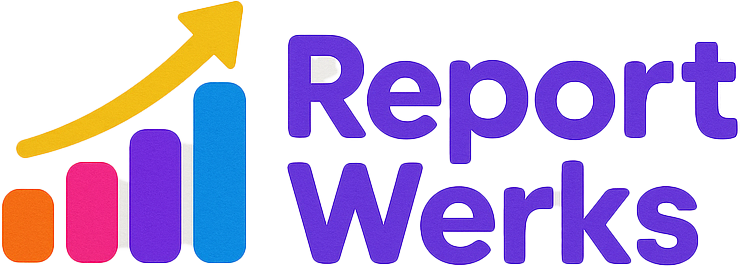Introduction
In today’s rapidly evolving non-profit landscape, effective fundraising and transparent ROI reporting are more critical than ever. Non-profit organizations face increasing pressure to demonstrate impact to donors, stakeholders, and grantors, all while navigating the challenges of digital transformation, donor engagement, and resource optimization. With emerging trends and innovative tools, non-profits can now leverage data-driven strategies to enhance fundraising efforts and improve reporting accuracy. This post explores cutting-edge best practices for maximizing fundraising ROI and implementing impactful reporting techniques that resonate with today’s donors and supporters.
Understanding the Significance of Fundraising ROI and Reporting
Fundraising ROI—return on investment—is a vital metric that helps non-profits evaluate the efficiency of their campaigns and allocate resources effectively. Accurate ROI measurement not only guides strategic decision-making but also builds trust with donors by showcasing transparency and accountability. Effective reporting practices demonstrate an organization’s impact, foster donor confidence, and attract new supporters.
Best Practices for Non-Profit Fundraising and Donor Engagement
1. Embrace Digital Fundraising Platforms
The shift toward digital fundraising has unlocked new avenues for supporter engagement. Utilizing comprehensive SaaS platforms enables organizations to run targeted campaigns via email, social media, and peer-to-peer fundraising channels. Data collection from these platforms allows detailed analysis of donor behavior and campaign performance, directly influencing ROI optimization.
2. Segment Your Donor Base for Personalized Outreach
Segmenting donors based on giving history, engagement level, and demographics allows for tailored communication strategies. Personalized outreach fosters stronger relationships, encourages repeat giving, and increases lifetime donor value—ultimately boosting ROI.
3. Leverage Data Analytics and Visualization Tools
Advanced analytics dashboards provide real-time insights into fundraising performance. By tracking key metrics such as donor retention rates, average gift size, and campaign conversion rates, organizations can identify opportunities for improvement and adjust tactics accordingly.
4. Implement Impact-Focused Reporting
Modern reporting emphasizes the outcomes and impact of donations, rather than just financial metrics. Using storytelling combined with data visualizations helps communicate the difference donors’ contributions make, fostering ongoing support and engagement.
5. Incorporate AI and Automation
Artificial intelligence and automation tools streamline data analysis, donor segmentation, and personalized communication. These technologies enable non-profits to optimize campaigns at scale and improve ROI measurement accuracy.
Measuring and Reporting Fundraising ROI Effectively
To accurately report ROI, non-profits should adopt a comprehensive approach:
- Define clear metrics: Set specific, measurable goals such as cost per dollar raised, donor retention rate, and campaign conversion rate.
- Utilize integrated data sources: Combine data from multiple platforms for a holistic view of performance.
- Calculate ROI: Use the formula: (Total Funds Raised – Campaign Costs) / Campaign Costs.
- Present impact stories alongside data: Visual storytelling enhances transparency and emotional connection.
Recent success stories include nonprofits that integrated AI-powered analytics, resulting in a 20% increase in donor retention and a 15% boost in overall campaign ROI within six months.
Conclusion
Maximizing fundraising ROI and implementing impactful reporting practices are essential for non-profit sustainability and growth. By embracing digital tools, segmenting supporters, leveraging data analytics, and focusing on impact storytelling, organizations can foster deeper supporter relationships and demonstrate tangible results. Non-profits should continuously adapt to emerging trends and technological advancements to stay competitive and transparent in their mission delivery.
Next steps include auditing current fundraising and reporting processes, exploring new analytics tools, and training staff on data-driven engagement strategies. Embracing these practices will position your organization for greater impact and long-term success.
